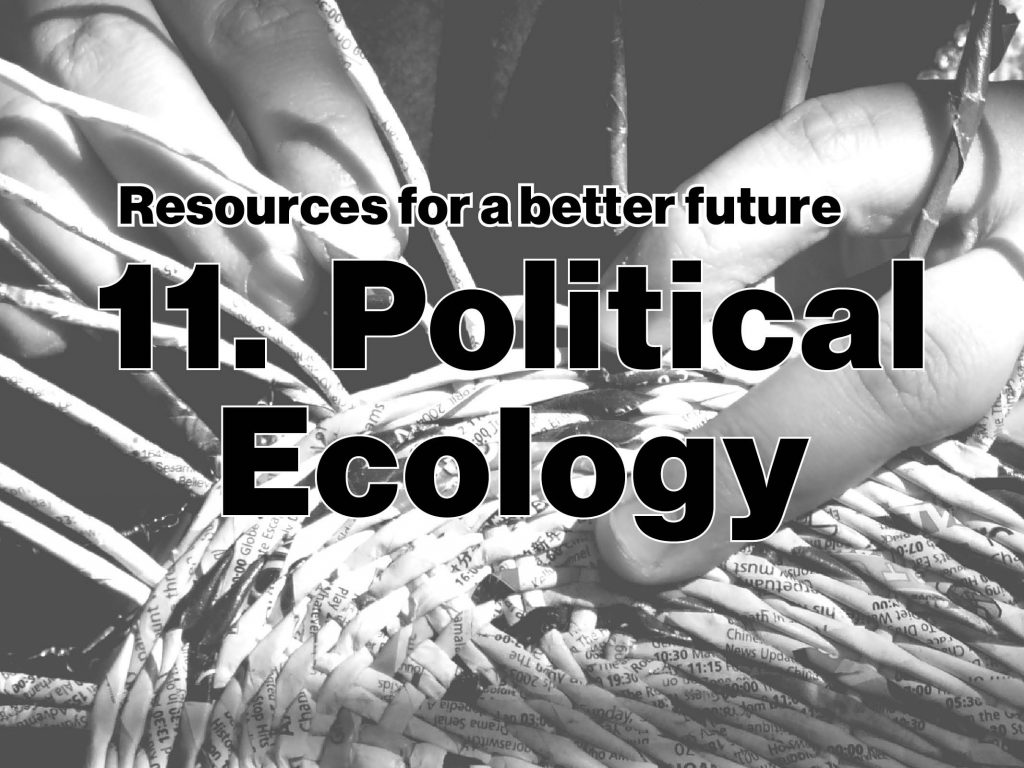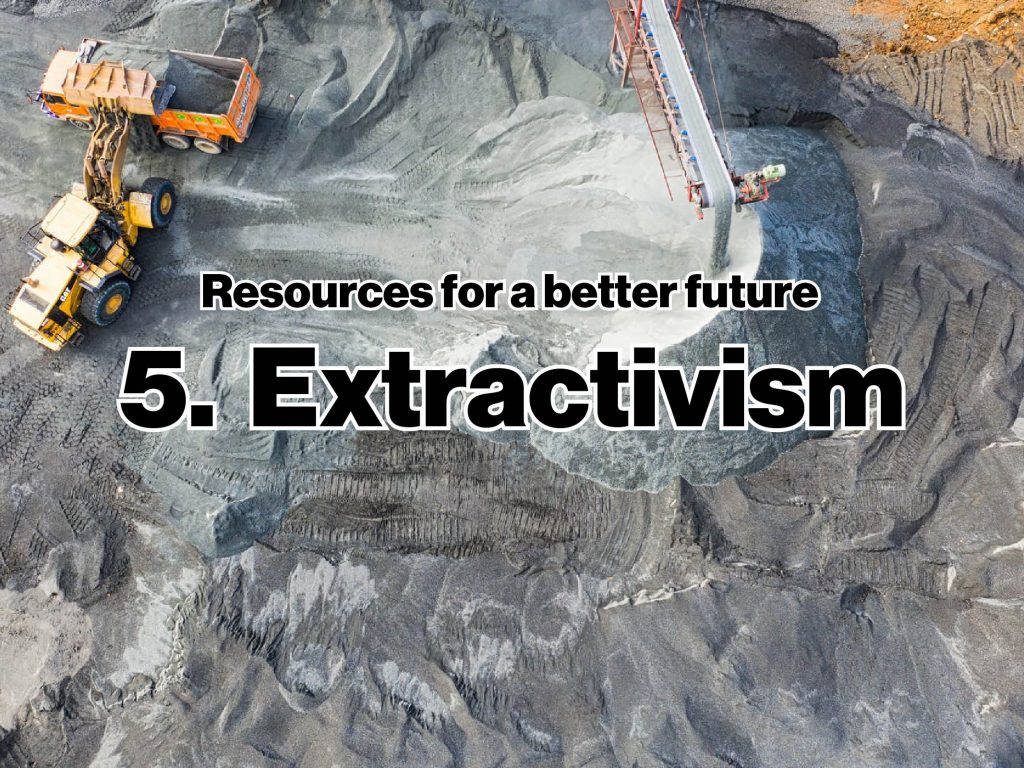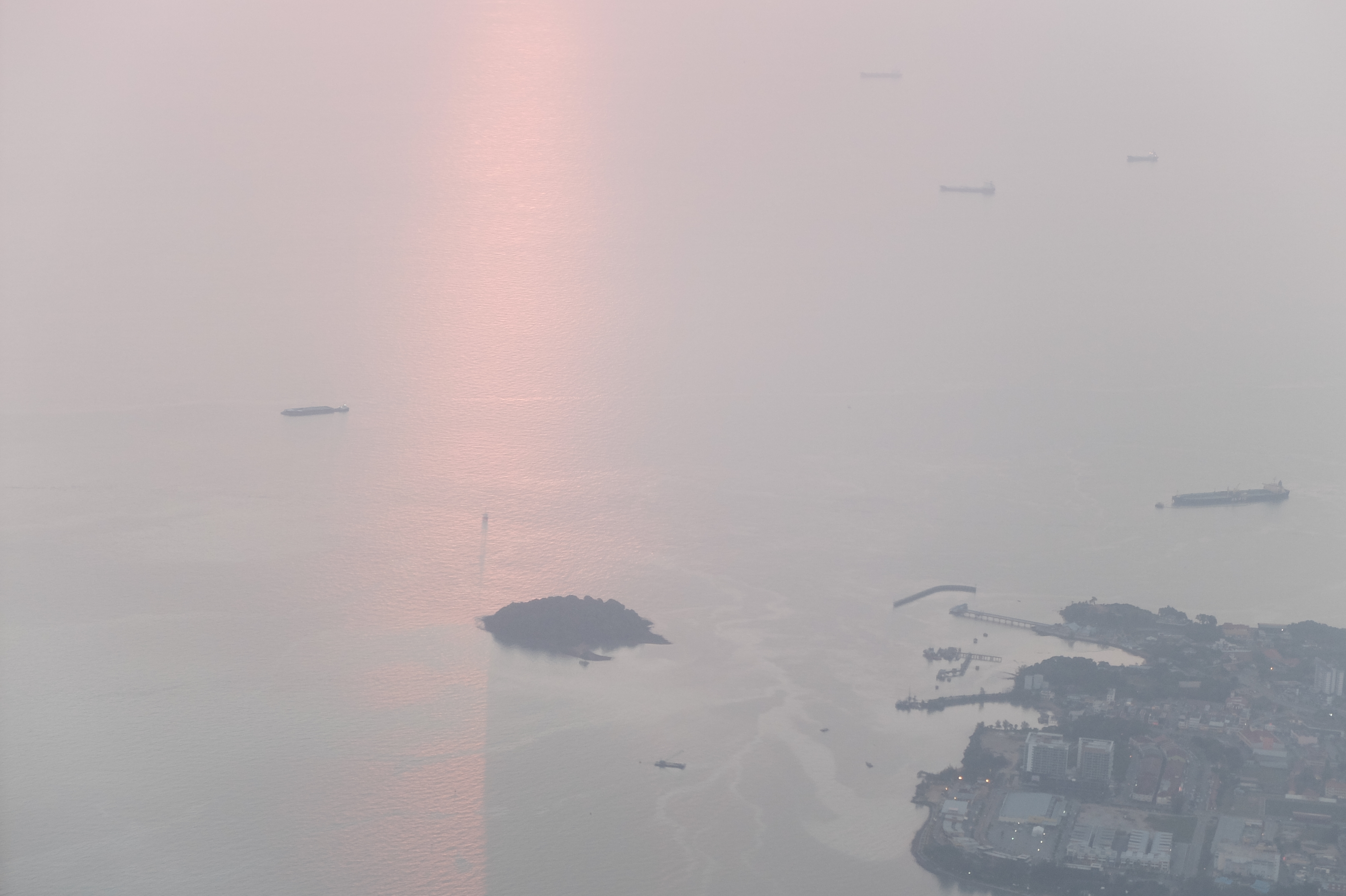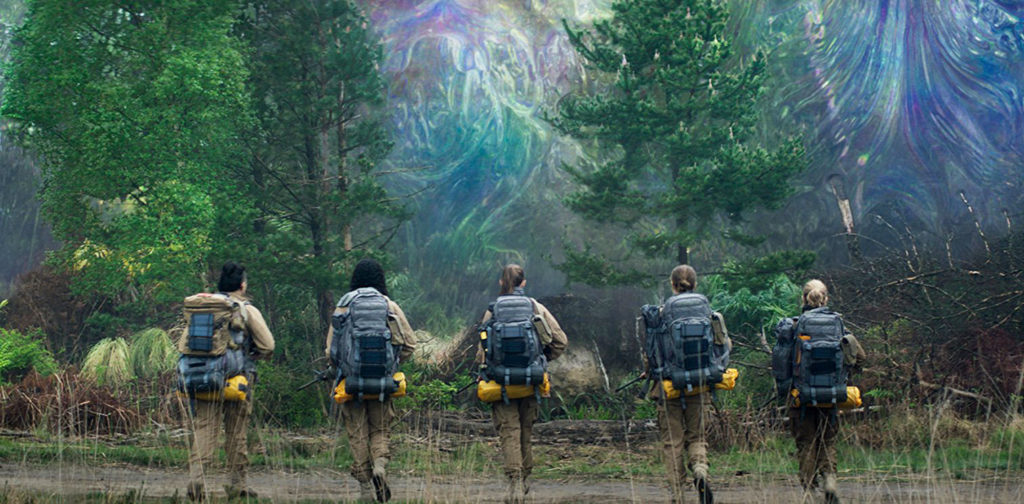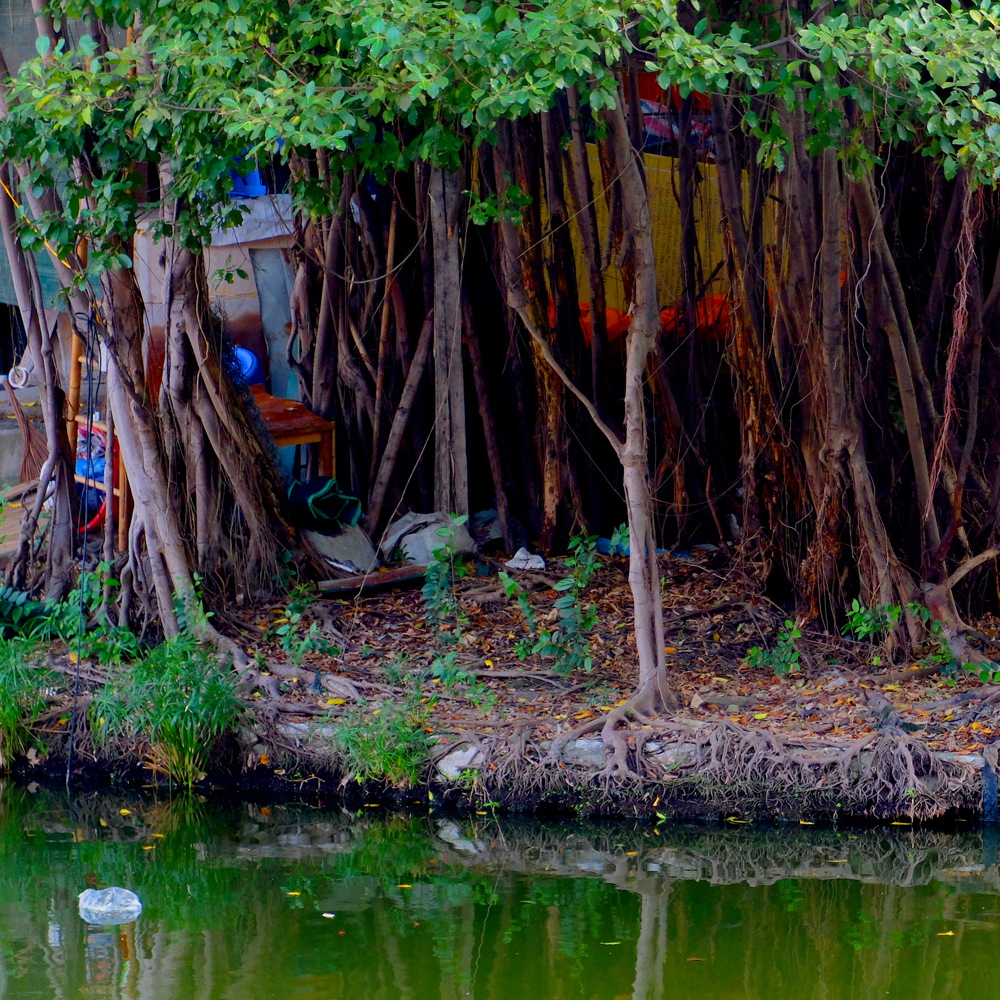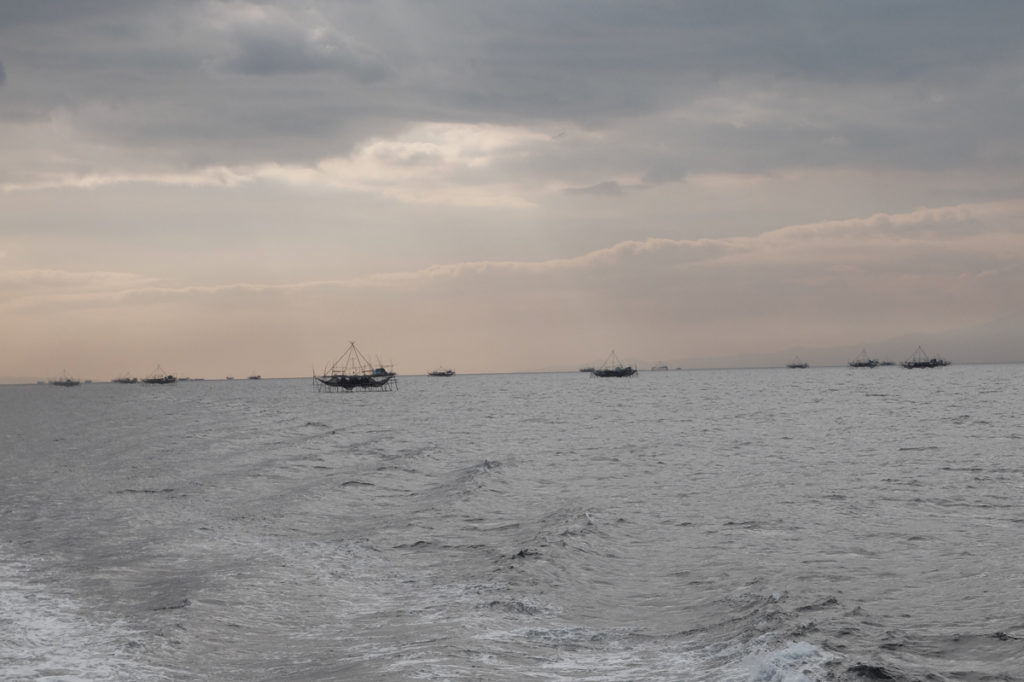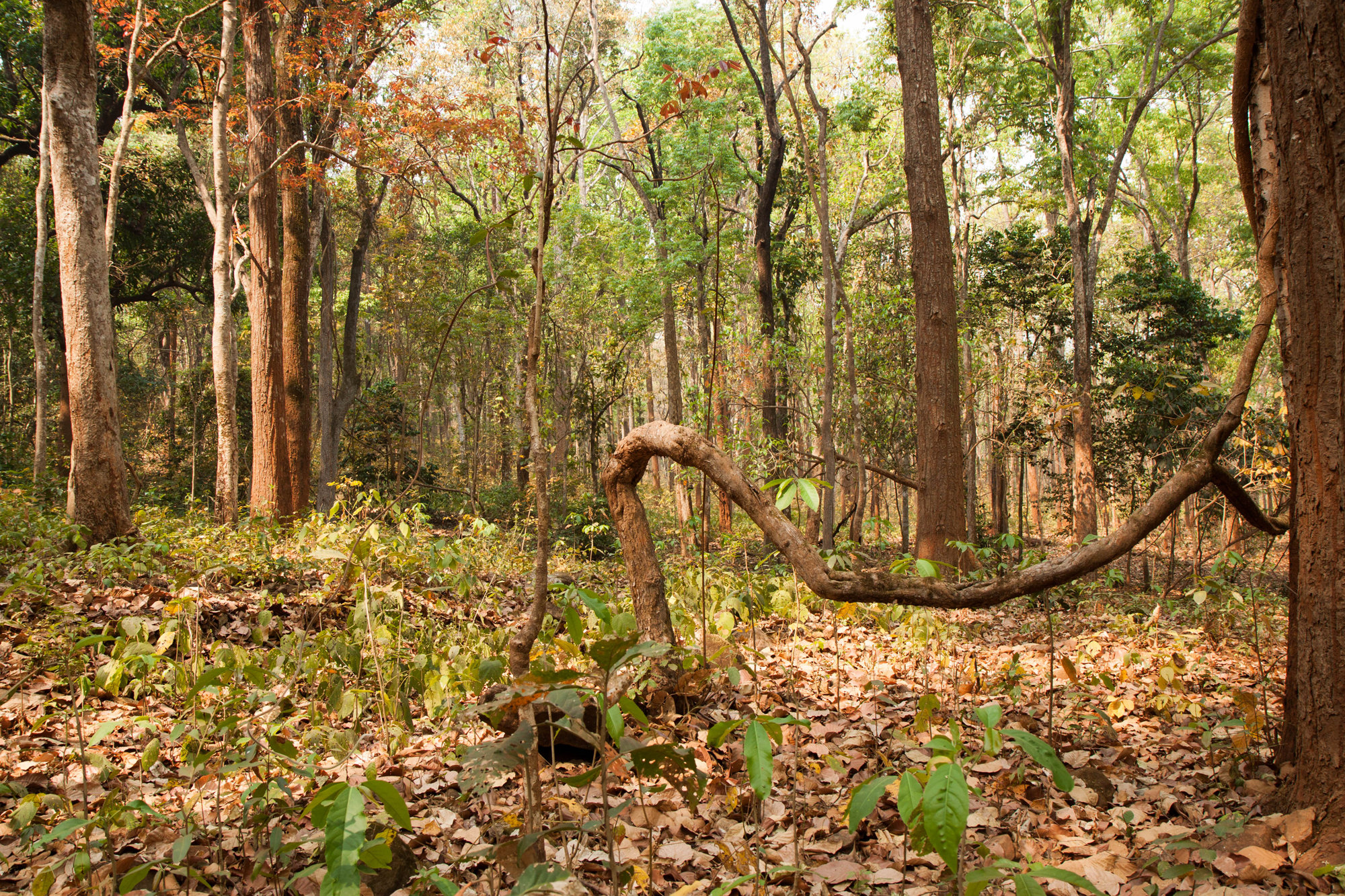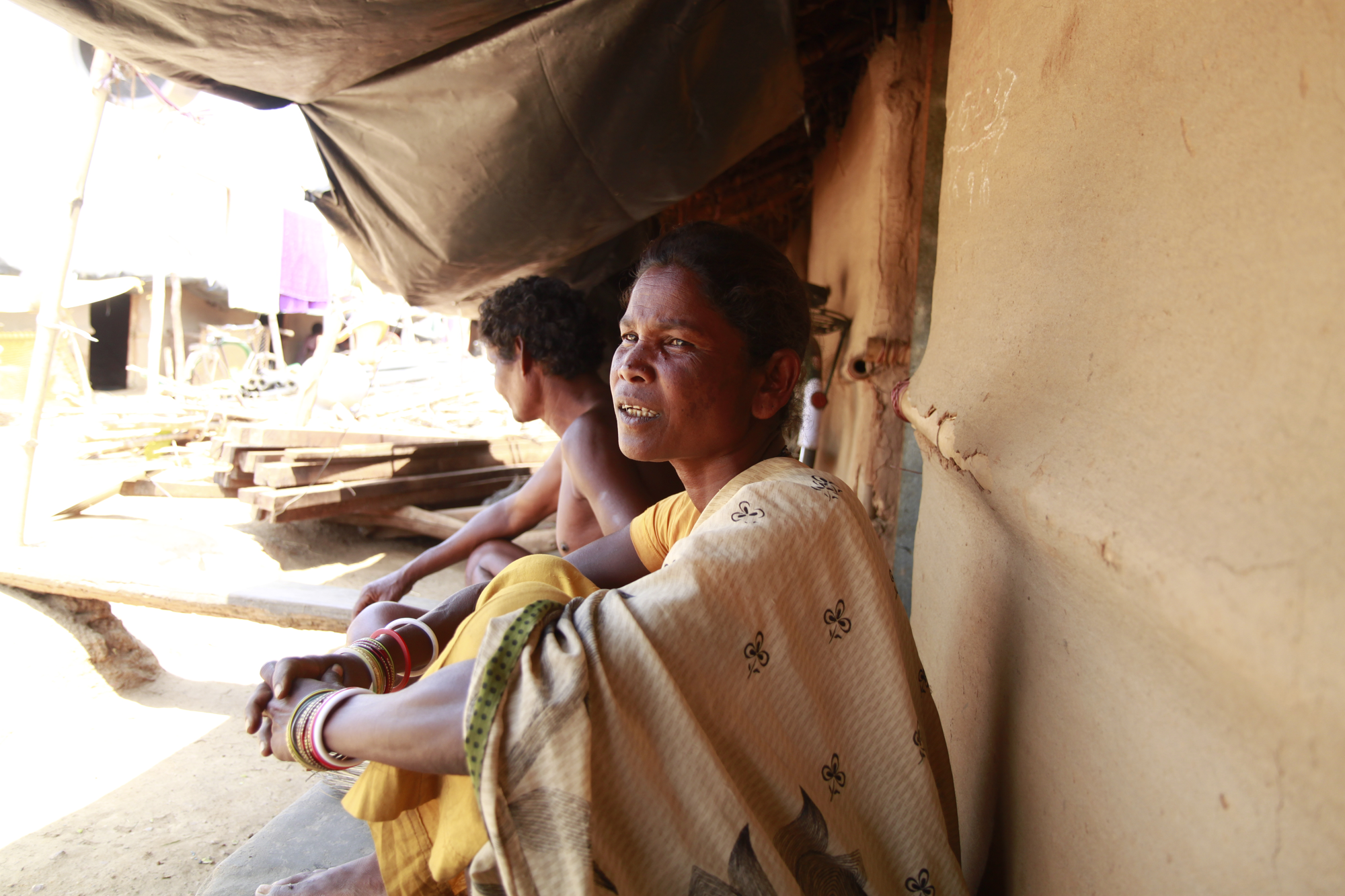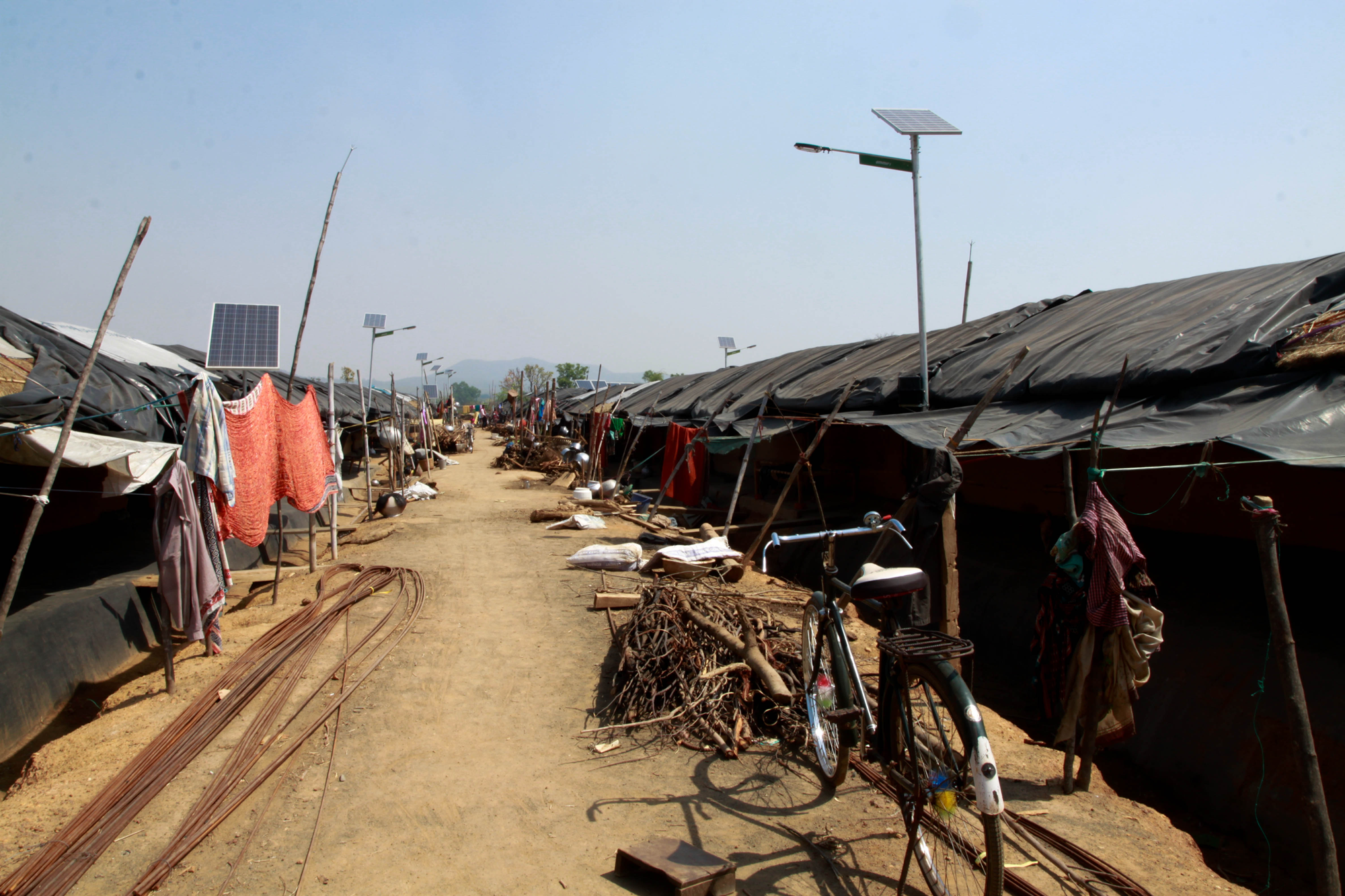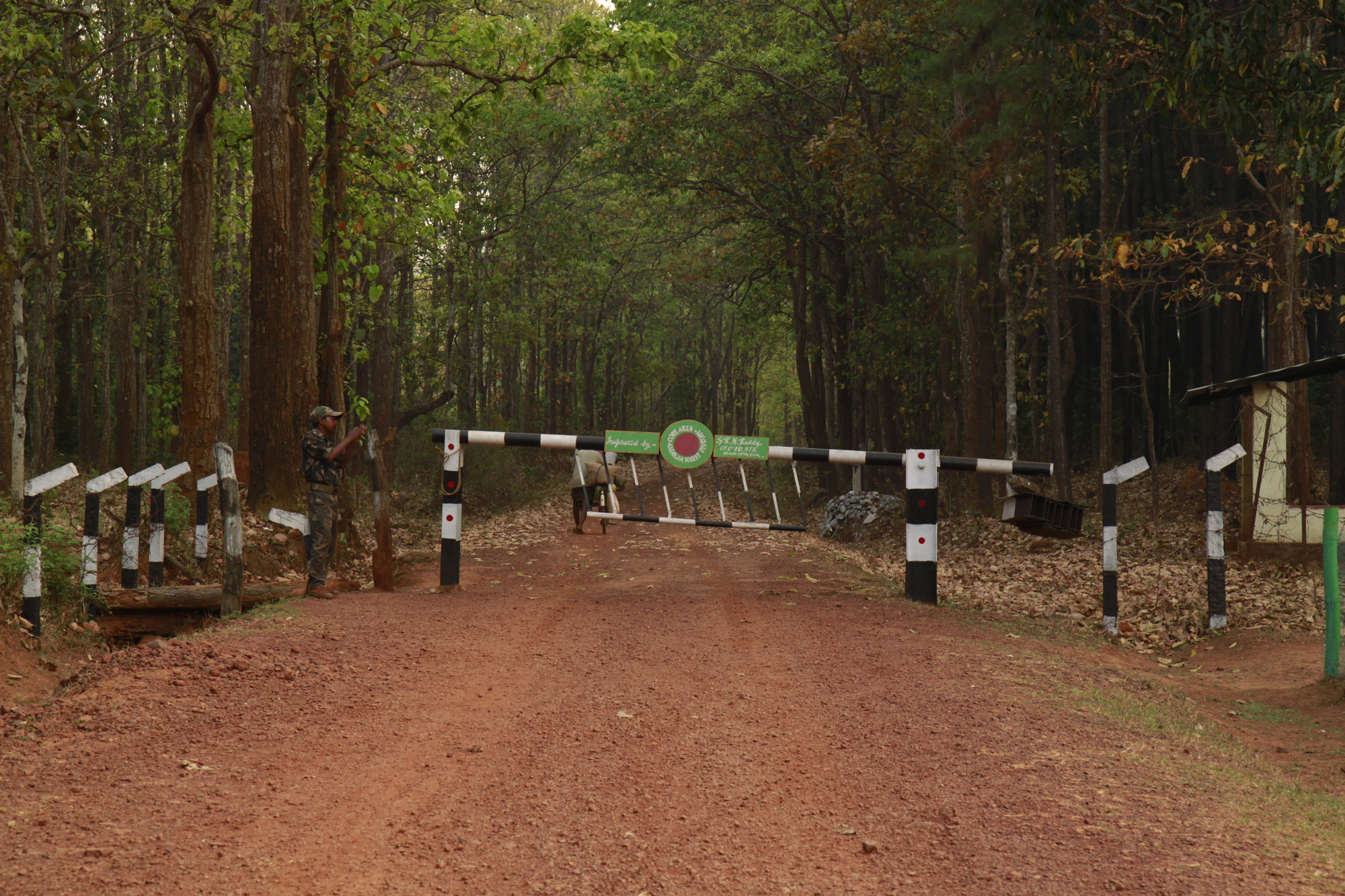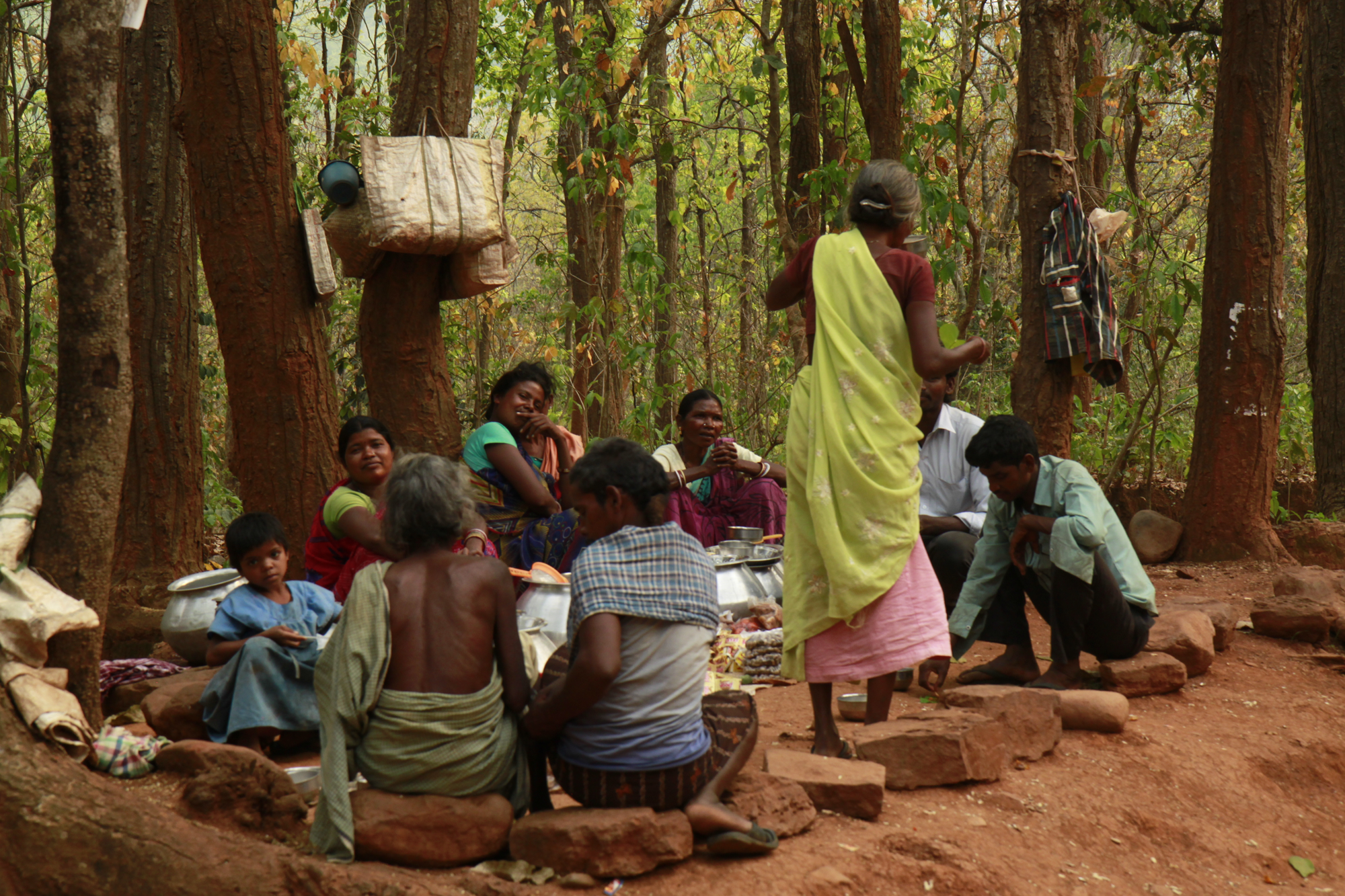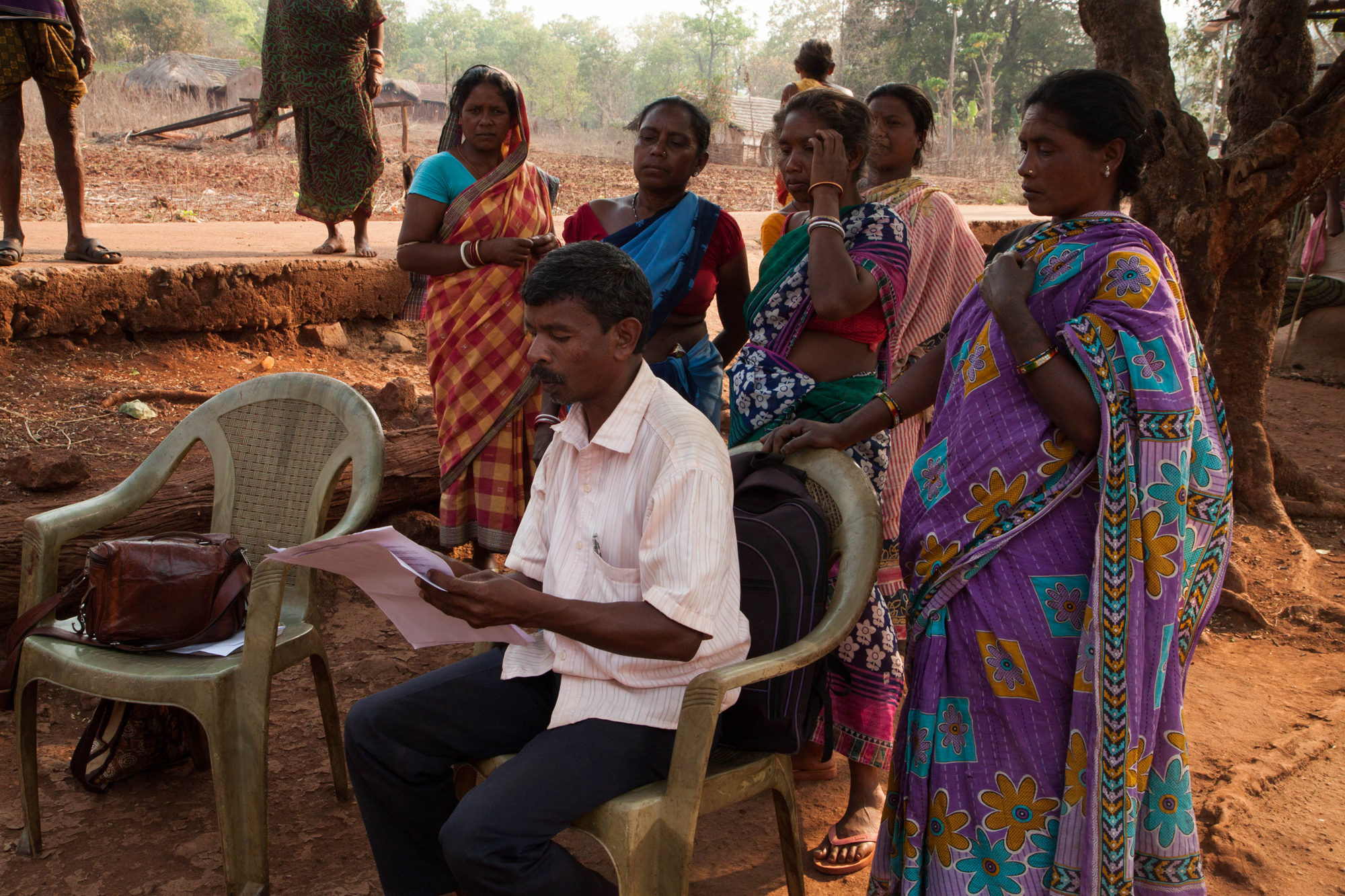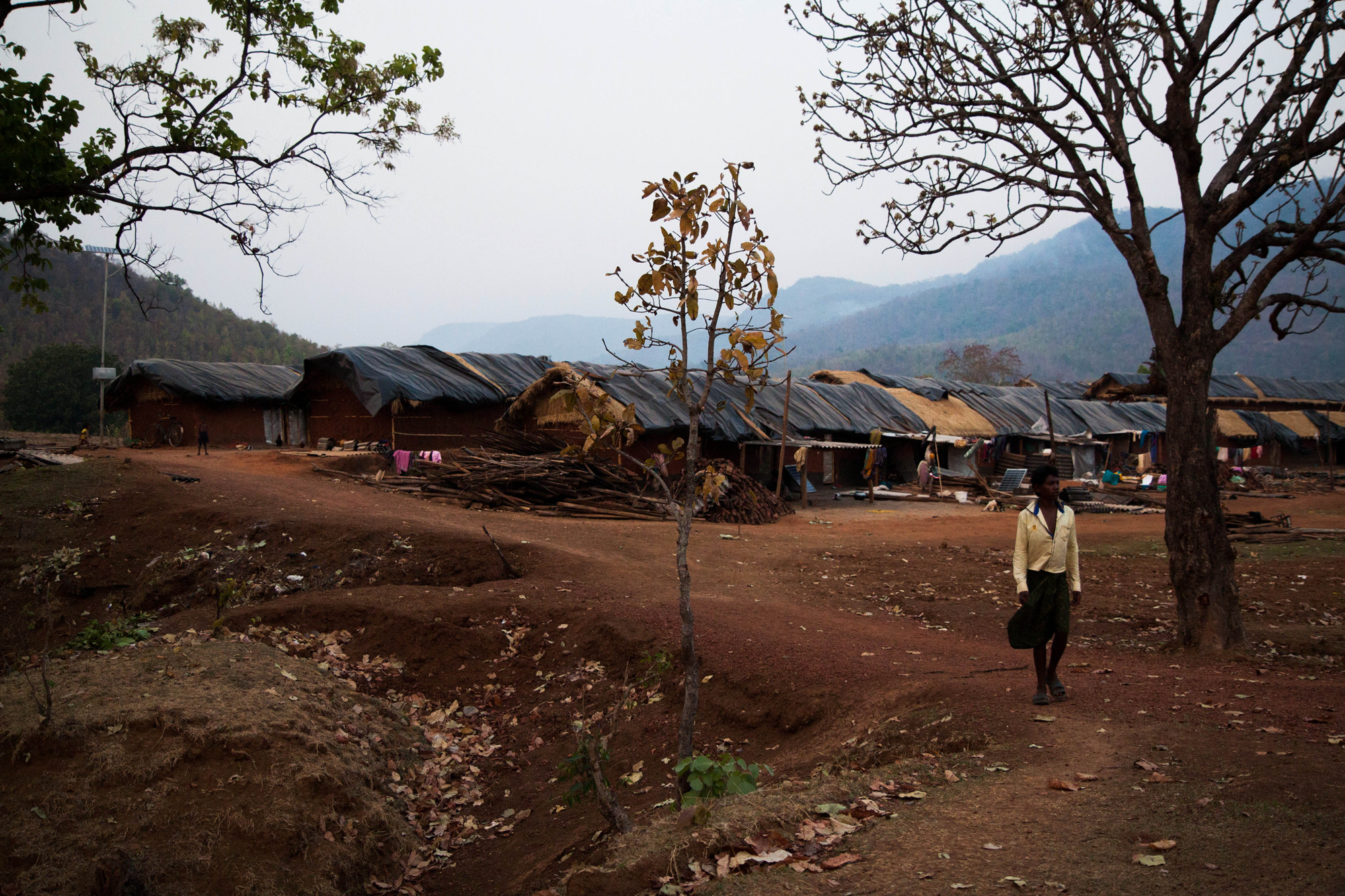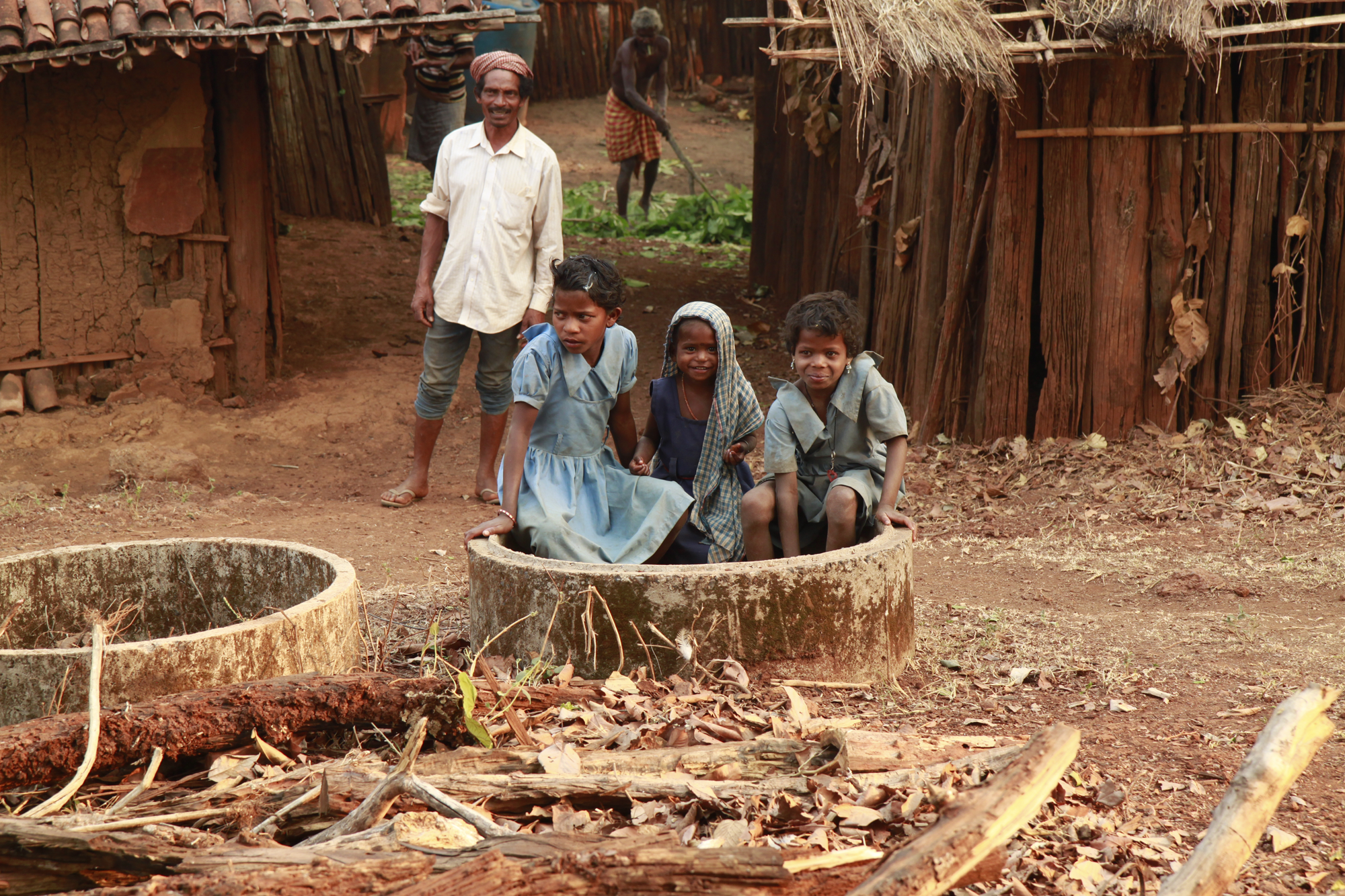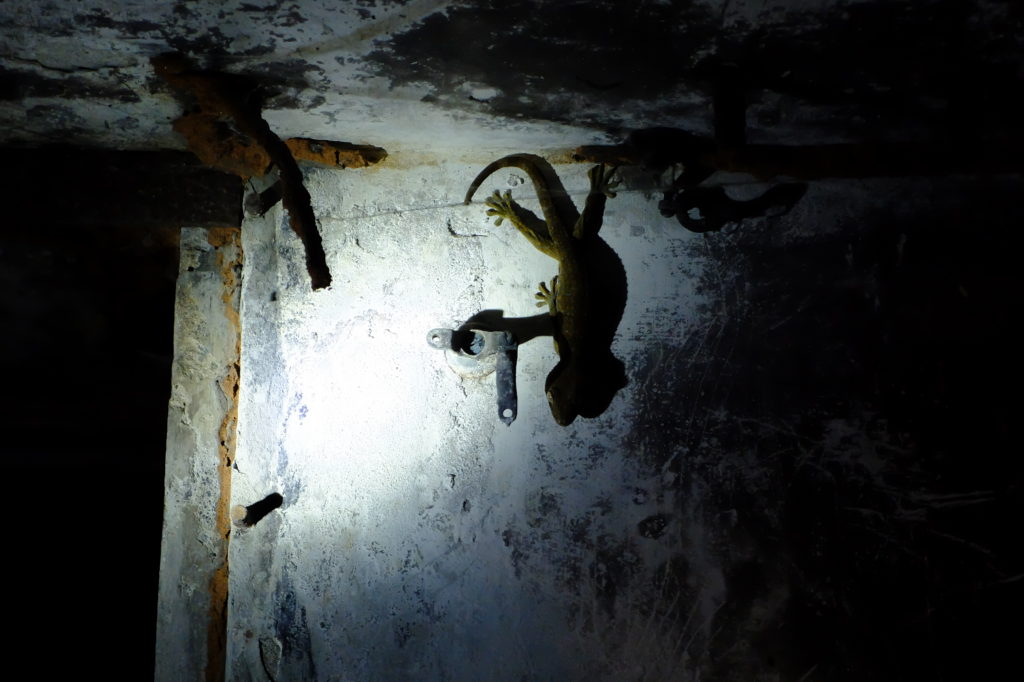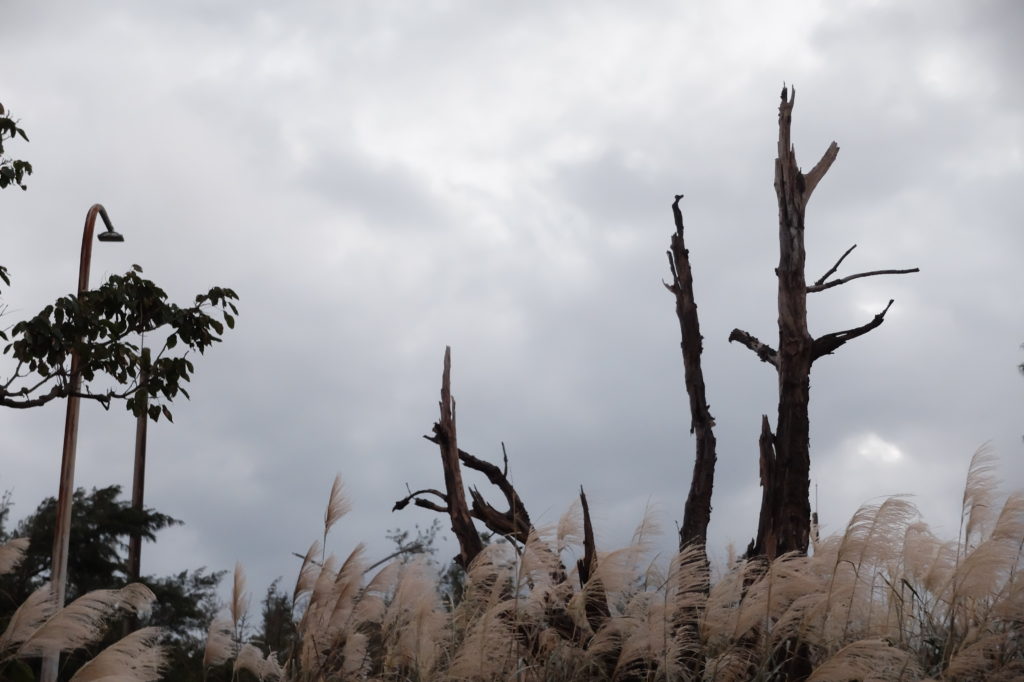
by Aaron Vansintjan
In one article, Zoe Todd tells a story of how she, as a small child, used to go fishing. Whenever her line got caught on a weed, she would shout out to her parents in the cabin, exclaiming that she had caught a fish. An adult would then come down and untangle her line. But one day, she had actually caught one—and no one came to help her reel it in. Finally, when the adults looked out at the lake and saw the little girl trying to wrestle with the fishing rod, they ran down and her father helped her reel in a giant northern pike. Her father calls this story “Zoe and the Big Fish”, and after telling it, Todd remarks “Ever since I caught that fish I have been obsessed with prairie fish and their hidden lives in the rivers and lakes of my homeland. The way that their bodies narrate stories we, collectively, have forgotten to listen to.”
This summer, I found myself on a canoe on the Georgian Bay, Canada—Go Home Bay to be precise—with a fishing rod. I’ve heard a story that “Go Home Bay” is so-called because when European settlers arrived, the Anishinaabe people there told them to “go home.”
Go to Go Home Bay and you’ll see the raw, exposed rocks, the crooked pines bent by the hard winds and the heavy snow, clamoring for space on the rocks. You can’t help but imagine what this landscape might have looked like in its pristine form, unsullied by humans. The untouched trees, the clear water heavy with life, the rocks shot through with veins of marble and granite—they seem to carry stories that have little to do with the cumbersome wooden chalets that line the water.
Another story telling the origin of Go Home Bay is that loggers, after floating freshly-cut timber down the Musquash River, would deliver them to steamers who would then chug their way to the timber mills around the Great Lakes. After this, the loggers could finally “go home.”
These two stories might be conflicting—but they both indicate that this landscape is far from pristine. The primary forest has long been cut down—the timber industry left barely any trees standing. The fish stocks have long been depleted by colonial fishers, robbing the Indigenous people from a major source of subsistence. And there were people living here before the picturesque chalets were erected: the Anishinaabeg. This land carries their stories, stories that are still being told. There is no “pristine” nature without humans, not even here.
I have little experience fishing. But on my second cast—the first cast I caught nothing but weeds—I caught an enormous pike. I was obviously elated—it’s rare to be that lucky. But I couldn’t help thinking back to Todd’s article about her own relationship with fish and their importance to Indigenous people. In it, she describes how a history of colonialism in Canada is literally inscribed on the bodies of fish—the depletion of their populations and the toxins in their bones. As she tells it, “Fish bodies betray the damage to their habitats. Their bodies tell stories of our negligence and silence.”
Todd’s writing led me to wonder what stories that pike had carried, and what stories the Anishinaabeg had for it. I felt like an intruder—this catch wasn’t really a victory; it was more like a symbol of loss.
For Indigenous people in North America, colonialism is not a force of the past. It violently affects them on a daily basis. And they are constantly resisting and developing new ways of asserting their culture and governance systems.
I have often wondered how to carry home what I’ve learned from the struggles of indigenous people in North America. How can Europeans, who have learned to remove themselves in time and place from the horrors of colonization, learn to take responsibility and start a process of decolonization? These questions inevitably leaked in to my own research—how can I do field research, keeping in mind that colonization continues today, both in my “field” (neighborhoods facing gentrification) and within the academy?
Todd’s work offers crucial contributions to these questions. Todd is a Métis scholar who has just become a Lecturer at Carleton University, Ottawa, Canada, and is also completing her PhD in Social Anthropology at the University of Aberdeen. Her main research revolves around human-fish relations, colonialism, and Indigenous governance and legal orders in Canada. Some of her other interests include decolonizing anthropology as a discipline, urban planning, and non-academic writing.
What first drew me to Todd’s evocative writing was her article on the Scottish independence movement. In it, she suggests that since the Scots and Irish were colonized, their struggles for self-determination should be seen from a decolonial perspective. In her own research on human-fish relationships and the legal orders that Indigenous people put in place to maintain those relationships, she helps inform the nature-culture debate. And in several other articles she suggests ways that anthropology, as an academic discipline can engage in a process of decolonization. One such article—a critique of the “ontological turn”—went viral in anthropology circles last year.
Through all this, Todd remains giving and forgiving in her writing. She writes lucidly and poetically, noting injustice while stressing accountability. And she is not content with just telling stories of oppression: she consistently offers stories of resistance and paths for transformation.
I was grateful to be able to interview Zoe Todd to further explore these topics. After a discussion that was cut short by poor Internet service on my end, we continued the conversation via email. I’ve put together these two conversations in a shortened, more legible, format.

Colonialism, past and present
Could you explain a bit how your work challenges this idea that colonization is “a thing of the past”?
Colonialism is an ongoing reality in Canada. In recent years, I have worked with people who experienced the horrific impacts of Canada’s Indian Residential School System. The Residential School that many of the people I worked with attended didn’t close until 1996. There are residential school survivors in Canada who are only a bit older than me. In my own family, the impacts of colonialism are also visceral. I am two generations removed from my grandfather’s lifetime, when he and his parents were kicked off their land in northern Alberta at the St Paul des Métis settlement. But the stories, the trauma of that? Real and present. Not as direct as they were for my grandfather’s generation, but still present. In May, the Truth and Reconciliation Commission of Canada released an executive summary of its forthcoming six-volume report on its inquiry into the experiences of Residential School survivors. Reading that summary, which lays out the awfulness and violence of the Residential School System, and hearing Justice Murray Sinclair declare that Canada is guilty of perpetuating cultural genocide? That really makes it clear that colonialism is an ongoing reality in Canada. (It’s also why my colleagues Joseph Paul Murdoch-Flowers and Erica Violet Lee and I started a video project called #ReadTheTRCReport in which people have uploaded videos of themselves reading sections of the report—there is a visceral, embodied experience in reading it aloud that makes it impossible to ignore the stories and findings within the report).
How does your own research go beyond depicting Indigenous people as victims, but rather as actively struggling against colonization?
I work in the Canadian Arctic, in a small village or hamlet in an Inuvialuit community named Paulatuuq. I’m looking at how Inuvialuit people in this community have negotiated their reciprocal and ongoing duties to the land and to fish while contending with state-imposed ideas about the appropriate ways to define animals, define the land, define how to engage with exploitative industry. People in Paulatuuq are asserting their laws, but doing it in a way that negotiates a simultaneous but contradictory sameness and difference between their legal orders and their relationship to place (and to the State). Engaging with those aspects of state law that they absolutely have to. So the word I used to describe it is they’re “refracting” colonial forces by asserting their laws in the ways that they can. It may appear that people are being co-opted into co-management but when you’re sitting in those meetings and you’re talking to people it is apparent that they are engaging actively with the scientists and the bureaucrats in a really creative way.
What’s so amazing about Indigenous sovereignty and self-determination is that people are finding these really creative ways to continue to assert their cosmologies or world-views or laws in the face of all of these competing left-leaning, right-leaning, neoliberal, socialist definitions of how people should behave.
Could the formalization of Indigenous law by a settler state contribute to the continued colonization of Indigenous people? Some people have argued that this was the case in Bolivia, where sumak kawsay (Buen Vivir), an Indigenous concept, was put into law.
My work is really so small and nascent compared to the incredibly nuanced and ongoing work on Indigenous legal orders and legal pluralities that Indigenous scholars John Borrows, Val Napoleon and Tracey Lindberg (among others) are doing here in Canada. I think their work really demonstrates why it’s important for States like Canada to acknowledge their duties to the legal orders of the people whose ancestry and knowledge and stories of this place stretch to Time Immemorial. I think that the legal pluralistic approach that Borrows advocates for is really important. It demonstrates that Indigenous legal orders that incorporate reciprocal relationships between people, the land, the non-human constituents of the land, water and sky are incredibly important for this country as it contends with increasing pressures to extract oil and gas, mine ore, and dam more waterways.
On cities
Why would an anthropologist have a blog called “Zoe and the City?”
I started my blog in 2010 when I was wrapping up my MSc at the University of Alberta. My passion is Indigenous issues and decolonization in urban prairie contexts. (Having grown up as a Métis woman in Edmonton, Alberta, Canada). I had done a pecha kucha talk on ‘Edmonton as an Aboriginal City’ at a city sponsored event in June 2010 that garnered quite a bit of positive response, so I started the blog to keep writing about my observations and thoughts about how Edmonton had so thoroughly erased evidence of Indigenous peoples and history in its built form. Though my interests have expanded to other issues, I keep the name of the blog because everything for me still comes back to the land I grew up in: urban Edmonton—amiskwaciwâskahikan, pêhonan, home.
Whereas before the colonisation of Canada was framed as an issue of terra nullius, Glen Coulthard argues that urban spaces that Indigenous peoples occupy are conceived as space that belongs to nobody or ‘urbs nullius’.
Many people might be surprised that Indigenous issues and urban issues are so linked. But having lived in Canada I’ve seen this play out quite directly—even just the fact that there’s such large Indigenous populations living in Canadian cities. In fact often urban spaces were designed specifically to keep out ‘loitering’ and ‘homeless’ First Nations or Northern Indigenous people. Do you think it is possible for cities to be spaces for Indigenous people, and what practical urban planning strategies could make that a reality?
Well, every city in Canada is on Indigenous land! So, by necessity, we have to address this fundamental relationship between land, Indigenous nations and urbanism in Canada. My mentor, Dr. Frank Tough, was the first to really point that out to me. He pointed out that many non-Indigenous folks were framing urban Indigeneity as a ‘recent phenomenon’, but in fact, every city in the country is built on Indigenous land. And cities like Edmonton are built in a very very old gathering place, known in nehiyawewin (Plains Cree) as pêhonan. My friend and colleague Sara Breitkreutz, an anthropology PhD student at Concordia University in Montreal, wrote her master’s dissertation on the ‘revitalization’ of Cabot Square in Montreal, wherein I understand that a lot of anxieties about race and Indigeneity came to the fore in discussions about re-designing the space. In Edmonton, there are a lot of tensions around the presence of urban Indigenous people in spaces that urban planners, architects, developers, politicians want to ‘revitalise’. Yellowknives Dene scholar Glen Coulthard argues that one of the fundamental issues at play in urban gentrification in Canada is that it is an extension of settler colonialism. So, whereas before the colonisation of Canada was framed as an issue of terra nullius, Glen argues that urban spaces that Indigenous peoples occupy are conceived as space that belongs to nobody or ‘urbs nullius’. So, I totally agree with you that urban planning continues to marginalize Indigenous people. I think that in order to change that we have to re-frame cities in Canada as what they are: urban communities built on Indigenous land. And in that, we must centre the reciprocal relationships between non-Indigenous people to Indigenous peoples, Indigenous lands, Indigenous legal orders, language, and community.

Decolonizing academia
Currently there is a lot of work being done, partly inspired by Bruno Latour, challenging this idea that there is a nature-culture divide, which anthropologists now call the ‘ontological turn.’ How do you criticize this from an Indigenous perspective?
The real crux of my critique of the ontological turn is not that it is wrong. They’re on the right track by acknowledging the nature-culture divide. They are absolutely correct, as an Indigenous feminist I read that as a hopeful moment. But we have to acknowledge that any movement is embedded in institutions and structures and the ontological turn itself has been developed by really wonderful Indigenous thinkers as well as non-Indigenous thinkers. However, as Sara Ahmed points out, it seems that white male scholars are often those that are cited within philosophy and the broader academy, and other people are ignored.
I think that if we’re going to talk about the nature-culture divide we need to be explicit about scholarly work as a colonial tool, and Indigenous legal structures as credible, robust, and dynamic ways of thinking. And also ways of asserting and thinking through relationships between people, whether they’re human or not.
My real critique is that Indigenous thinkers all over the world have been making exactly this point for decades, if not centuries (if you read or listen to the accounts of how the Historic Numbered Treaties in Canada were settled, Indigenous thinkers were asserting a view of the world that inherently disputes the Euro-Western nature-culture divide). But they aren’t often credited—for example, Val Napoleon and her colleague Hadley Friedland argue that Indigenous legal orders are not fragile, but in fact very robust. I think that if we’re going to talk about the nature-culture divide we need to be explicit about scholarly work as a colonial tool, and Indigenous legal structures as credible, robust, and dynamic ways of thinking. And also ways of asserting and thinking through relationships between people, whether they’re human or not. So for me, I think that the danger with the ontological turn is that it’s still coming from a Eurocentric perspective and doesn’t acknowledge, not just ideas but the laws that Indigenous people form that hold people accountable and that place the environment as a sentient thing. And so, I think we need to re-examine how we as scholars are also enacting legal governance and ethical duties toward our work.
Do you see that conversation happening in anthropology?
In Canada, with the work of Indigenous scholars, there is a direct acknowledgement that when Indigenous people are talking about their works, they’re not just talking about ontologies, they’re talking about concrete laws and ways of resolving conflict and engaging with the world. To be brutally honest, my experience in the UK really didn’t give me hope that scholars can be held directly accountable to the people that they’re speaking for.
People make claims about how they’re speaking with people, and I want to see us actually ask: how do you assess that? Why are there no Indigenous people on the panels? There were very few Indigenous anthropology students in the UK that I’ve met. For me, the proof will be in how the diversity of a department actually reflects the diversity of the people that we say we work with. The academy itself has to make a change. There are concrete ways that can happen and there are people that are already talking about how that can happen.
A new breed of environmentalists, calling themselves eco-modernists, seem to have run with ‘the ontological turn’, arguing that since ‘there is no nature’, conservationism actually won’t help, it is totally up to us to manage, maintain, and design the Earth. What would you say about these “ecomodernists” who take Latour’s argument to another level, using it to justify apolitical, technological solutions?
Frankly, that whole idea of technology saving us from our own capitalist exploitation of the environment is just wishful thinking. What Indigenous legal orders (ontologies if you must) bring to the table is an acknowledgement that we have reciprocal duties to the land, to the other-than-human. And in those duties, there are responsibilities not to destroy entire watersheds, pollute whole lakes, raze mountains for ore. Because there are real legal-governance, social, cultural, living consequences to those actions. I’m hopeful that maybe some technological solutions can help us with the immediate crises we find ourselves in. But we cannot continue to relate to one another, to the land, to the fish, the birds, the bears, the plants in the way that we have been doing since the beginning of the Industrial revolution. Indigenous legal orders, the little bit that I can claim to understand of them, orient us to a much more accountable legal-governance relationship between all things/people/beings.
On Scottish independence
How do you see Scottish independence from an Indigenous and decolonial perspective?
I was studying at Aberdeen in the Department of Anthropology. Since October 2010, I’ve been splitting my time between Canada and Scotland. I had a front seat to the independence debate and the referendum. For me as a Métis woman with Scotch-Irish roots on my Métis side of the family, it was really really fascinating and kind of amazing to be there to witness that. Particularly because of the entanglement of histories between Scottish people and Indigenous people in Canada.
As an Indigenous person from North America I think that we need to have robust conversations about how, in the case of Scotland, at least, as a group of people that were internally colonized, or who had their self-determination violated by the Enlgish, they also, in turn, came in very large numbers to what is now Canada and participated actively in the dispossession and colonization of Indigenous peoples here. So I’m a bit weary of making direct comparisons between Scottish independence and Indigenous self-determination and sovereignty in North America, just because I think we also need to deconstruct that relationship between people re-visiting or re-creating their colonization or oppression upon another group. I call it the circulation of colonial violence. But I do think there’s a lot to be learned from these movements where people are pushing back against capitalist nation-state violation of people’s relationships to their own legal order and self-determination. Speaking as an Indigenous person from Canada, I do think there’s a lot that we can learn from Indigenous thinkers, activists, and philosophers.
Did you see those conversations happening in Scotland, where they link their own movements for autonomy in solidarity with Indigenous autonomy movements?
I have a complicated answer to that question. There was a lot of discourse in the Canadian media and the British media making a comparison between Quebec and Scotland, saying that Quebec independence and Scottish independence are the same thing. Or, sort of, learning from one another. But the thing with the Quebec independence movement is that it often involves a denial of Indigenous sovereignty in the province. And so I actually didn’t think the comparison in Scotland is really analogous (or helpful—because it erases or glosses over this egregious problem with the way Quebec sovereignty discourses can deny that Quebec exists because the French occupied sovereign Indigenous lands. That’s a conversation for another day, though).
The analogue, I think, for me, is that the Scots did manage to assert their own nationhood in a way by legislating and administering Canada into existence. Our first Prime Minister was a Scottish person, John A. MacDonald. This discourse of the English saying that the Scots don’t have what it takes to run a country I find really amusing. If we’re going to make really simple analogies, I think that an under-recognized discourse is how the Scots played such a heavy role in administering Canada into existence. So, in that sense, the Scots have already proven they can govern—they helped bring a whole nation state into existence! However, it’s very difficult to talk about the Scottish role or complicity in British colonialism within Scotland. I got the sense that it is a very taboo topic—it disrupts the framing of Scots as victims of the English.
I acknowledge that it’s a big ask for me as an Indigenous person to demand that 5 million Scottish people admit their complicity in the ongoing colonial realities of British Empire. But there were moments where I did have conversations with people. And people were amenable to, kind of, discussing those complicated relationships. And I found that really hopeful because colonialism is so paradoxical and complicated.
One thing I’m very weary of is when Scottish people talk about themselves as an ‘Indigenous’ people. The problem, as I learned through my time living there, is that this is a co-optation of the meaning of the word “Indigenous”, as it is defined by the United Nations. I was speaking to someone who said that some of the politicians promoting a pro-independence discourse deliberately strayed away from acknowledging Indigenous peoples (like me and other people from around the globe) who live in Scotland. This was deliberate because in Europe, Indigeneity has been co-opted by white supremacists, who talk about indigeneity as, you know, ‘Indigenous white people’ being impacted by non-white people moving in to their country. My understanding is that Pro-independence politicians didn’t want to invoke that scary xenophobic discourse, and I appreciate that. It’s so dangerous to conflate that white supremacist narrative so dominant in Europe at the moment with indigeneity of people who were moved out of the way and whose lands were taken and who were brutally oppressed to enable Europeans to colonize their nation. However, I hope we can some day talk about how Scots do have a reciprocal relationship to the peoples that were colonized by them—including Indigenous peoples around the globe.

Decolonization in Europe
As a Métis scholar who has lived in Europe, what was your experience of attitudes toward Indigenous people? How would you like to see those conversations going forward?
I think that some people really truly do care about the impacts that European colonialism has had on the world. I think that there are care-full and accountable people everywhere, and I don’t want to paint with too-broad brush strokes. However, in my time in Europe I had a keen experience of the disconnect between the visceral issues I see and experience and bear witness to at home—such as the direct and painful impacts of Missing and Murdered Indigenous Women, Two Spirit People and Girls on Indigenous communities in Canada— and the way these issues are abstract, intellectual, distant in Europe. In Europe, I feel that the direct and visceral [ongoing!] colonial experiences of Indigenous peoples are attenuated by space and time. It’s so hard to convey what these violent, painful issues lived and experienced by Indigenous peoples mean, in an embodied and lived sense, to Europeans when people in Europe are not physically present in our diverse and dynamic Indigenous territories in North America to see the impacts for themselves. In that sense, I think it becomes easy to romanticize and distort the ongoing colonial experience of Indigenous peoples, to not see the harm in appropriating Indigenous material culture or legal orders or stories. Whereas in Canada there is an ongoing legal-governance conversation about Indigenous nationhood and peoplehood, about the ‘nation to nation’ relationship that was acknowledged in the 1996 Royal Commission on Aboriginal Peoples—in Europe there is none of this understanding of direct legal-governance accountability, reciprocity or indeed a very robust conversation about reconciliation (in all its nuances and complexities and problematics). So, I think that at the very least, the conversation needs to start with: colonialism is an ongoing imperative. We have ties that bind us across the ocean. Indigenous peoples are very much alive, to reference Thomas King’s (2013) work in his book The Inconvenient Indian. I get the sense that many Europeans simply assume Indigenous peoples are what King calls ‘dead Indians’ (King 2013:53) and I think that many Europeans only want to deal with the idea of Indigeneity. But, the reality is that Indigenous peoples are very insistently ALIVE. And so the conversation needs to start from a) acknowledging how contemporary Europe still benefits from its colonial imperatives and b) understanding that any kind of contemporary conversation requires addressing Indigenous peoples as living and present.
The reality is that Indigenous peoples are very insistently ALIVE. And so the conversation needs to start from a) acknowledging how contemporary Europe still benefits from its colonial imperatives and b) understanding that any kind of contemporary conversation requires addressing Indigenous peoples as living and present.
What could ‘decolonizing’ European activism look like?
I think it starts with dealing with the deeply rooted ideologies that Europe exported in its colonial work. In the UK, I see the suffering and class hierarchies and exploitation of the downtrodden as a harmful series of ideologies forced onto other peoples/nations/societies around the globe. I see the logics that Canada’s First Prime Minister, Glasgow-born John A. MacDonald, employed to send Indigenous children to residential school echoed in the ‘welfare’ (and that is really too generous a word for what the UK government is doing to the poor) policies of the UK government. So, for me, a ‘decolonizing’ European activism tackles the very intellectual and political and social theories and beliefs that were used to justify violence and dispossession around the world. It requires a conversation about what a generous, kind, caring governance and societal model would look like. It means stopping the needless suffering I saw in Europe—tackling the vicious anti-immigration rhetoric that pervades many European jurisdictions, tackling the angry anti-poor rhetoric used by the government. And dealing with ongoing racism in European institutions. Stuff like that. Loving accountability, if you will.
On writing
You are a prolific writer as well as an academic. How does your writing fit in with your academic pursuits? How do they compliment each other?
Writing is how I stay alive. It is a way of being and a way of rooting myself in place when I don’t have a permanent home or place to attach myself to. I would say in that sense my writing is very much part of my Métis diasporic identity. It gives me a way to create home when that is something uncertain or unstable in my life. I also use my blog to write about things that do not directly relate to my research, so that I have a place to hold those thoughts while I work on other academic projects.
Writing is how I stay alive. It is a way of being and a way of rooting myself in place when I don’t have a permanent home or place to attach myself to. I would say in that sense my writing is very much part of my Métis diasporic identity. It gives me a way to create home when that is something uncertain or unstable in my life.
How do ideas form that you want to write about? How do you start writing a piece, and what drives you when you write?
One of my friends noted in awe when something I wrote went viral—’you wrote that darn thing in an hour, didn’t you?’. And it’s true. I usually formulate ideas over an extended period of time, usually while I’m walking around. Walking is really important to me—it is when I sort out ideas and narratives. When I sit down to write something it’s usually already roughly planned out in my head and then I just put it to paper (or blog). I write because I want to contribute to conversations about issues that matter. I write because I want there to be a place for divergent voices. I know that quite often what I am writing wouldn’t make it through the regular channels. I love that blogs and social media are such a powerful medium for those not broadly represented in the physical make-up of the academy.
Looking to the future, what projects are you working on? Is there anything you’ve recently read that has inspired you?
I just started a tenure-track position so my current focus is on wrapping on the PhD and really digging my feet into my new role. I’m incredibly excited to start teaching. As for my work—I’m starting to plan out a new research project. I will be returning back to Alberta, to my home territory, to examine human-fish relationships there. To apply what I’ve learned to experiences and stories in my own homeland. So I am incredibly excited.
And the most recent thing I read that inspired me is Dr. Tracey Lindberg’s debut novel Birdie. It is about Indigenous women’s strength, power and resurgence. It left me awestruck.
Zoe Todd (@ZoeSTodd) (Red River Métis/Otipemisiwak) is a Lecturer at Carleton University, Ottawa, Canada and a PhD Candidate in Social Anthropology at the University of Aberdeen. She is a 2011 Trudeau Foundation Scholar. She researches human-fish relations, colonialism and Indigenous legal orders/governance in Canada.
Aaron Vansintjan studies ecological economics, food systems, and urban change. He is editor at Uneven Earth and enjoys journalism, wild fermentations, decolonization and degrowth, and long bicycle rides.
All photos in this article are by Aaron Vansintjan, photographed in Go Home Bay on Anishinaabe territory.
